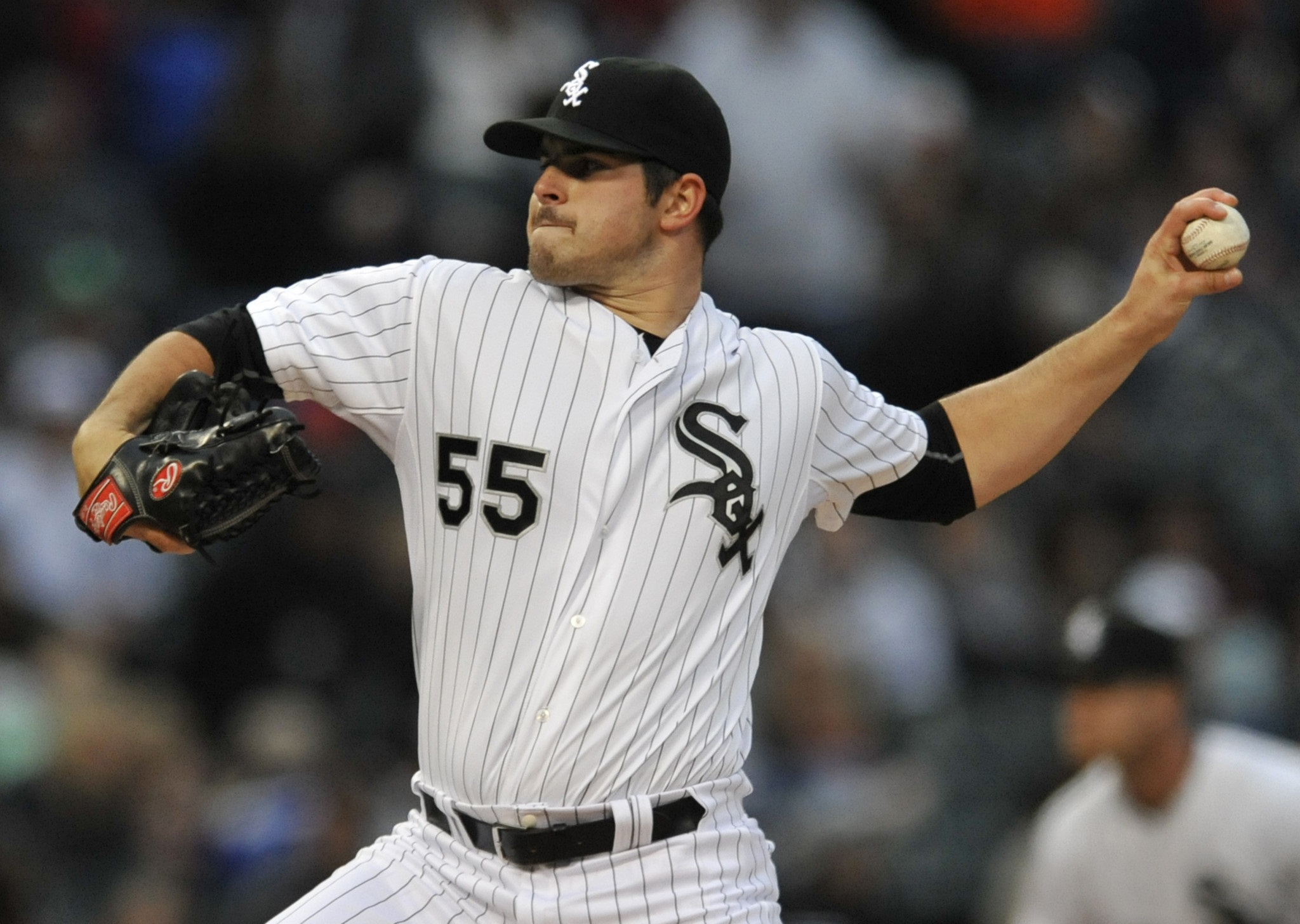Positional scarcity is often overlooked in DFS — like manners on the east coast. The majority of players build their rosters with the “best” plays of the day, regardless of positional scarcity. What I mean by this is that people tend to misuse value at each position. Even though there are the same amount of players at each position (besides outfield), some positions have a deeper player pool in terms of value.
When looking at the positional value for this season, we can see that catchers and shortstops produce the least amount of points. Even though shortstops barely outscore catchers, their Plus/Minus is -.35, compared to -.20 for catchers. None of this comes as a surprise. For anyone who has played traditional fantasy baseball (f-ing dinosaurs), positional scarcity always affects when players are drafted. Of course, first basemen lead the way in average actual points, followed by outfielders, third basemen, and then second basemen. Obviously, DFS is quite different from traditional fantasy — since we are more concerned with consistency and upside, let’s check out where each position is ranked in that regard.
First basemen and outfielders have the highest upside, followed by third basemen, second basemen, catcher, and then shortstop. What is surprising, however, is that second basemen are actually more consistent, on average, than first basemen. First basemen generally provide more power stats, leading to higher average points and upside, but lower consistency, perhaps.
Now that we have this data, how do we utilize it to gain an advantage?
Well, to start, DraftKings has multi-positional eligibility. Since first base has the highest average points, it makes sense to use players such as Miguel Cabrera and Todd Frazier at third base. Then you can roster another valuable first baseman alongside Miggy or the Toddfather. Since shortstop and catcher are the weakest, it is important to format your team in the most efficient manner using multi-positional players. Xander Bogaerts and Jung Ho Kang should be rostered as shortstops instead of third basemen. Stephen Vogt should generally be used as a catcher instead of a first baseman. Although, when making tournament teams, you can find value playing Vogt at first base knowing that if you get production out of your catcher, he will be lowly owned (assuming Vogt is decently owned).
Pitching can dictate how your positional values are arranged. If you have viable cheap pitching options, then you can afford to pay up for catcher and/or shortstop, even if those players don’t produce optimal value. Conversely, if you pay up for pitching, you can tank catcher and/or shortstop. By identifying the weakest positions, you can choose whether to pay up for the premium, or save and punt.
Think of it this way: Chick-fil-A is Joey Votto, Morton’s is Troy Tulowitzki (at home), Taco Bell is Ryan Goins, and Peter Luger’s is Paul Goldschmidt. You need to decide if you want Chick-fil-A for lunch (perhaps a spicy chicken deluxe with a peach milkshake) and Morton’s for dinner. You are paying a premium for Morton’s because it isn’t as good as Peter Luger’s but it is a similar price. However, you are going value with Chick-fil-A, which allows you to overspend on Morton’s. If you are craving Peter Luger’s, because it is simply the best, you might have to suffer through Taco Bell for lunch. Brace yourself.
Average positional salaries also play a role in positional scarcity. I have gathered the salary for players at every position this season to determine what the average salary is.
Second basemen are actually cheaper at their highest count than shortstops, and produce more points. This, along with their high consistency, makes second basemen quite valuable. Players like DJ LeMahieu and Joe Panik, along with Jason Kipnis and Jose Altuve, have provided exceptional value relative to their prices and position. The most-used salary for outfielders is $4200, whereas the most-used salary for first basemen is $4300. Of course, catchers sit on the bottom of the totem pole with the most-used salary at $3100.
Whether you pay up at shortstop and find value at first base, or tank shortstop and spend wildly at first base, know that each night is different. Different slates provide different values. Short slates, for example, might force you into paying up at shortstop and catcher, and going value at the other positions. If there are only a few playable candidates at shortstop and a plethora of value at first base, then it makes sense to pay a premium for shortstop.
Understanding positional scarcity, and the effects of multi-position eligibility, is imperative for DFS success. Now quit slacking and EAT MOR CHIKIN!







